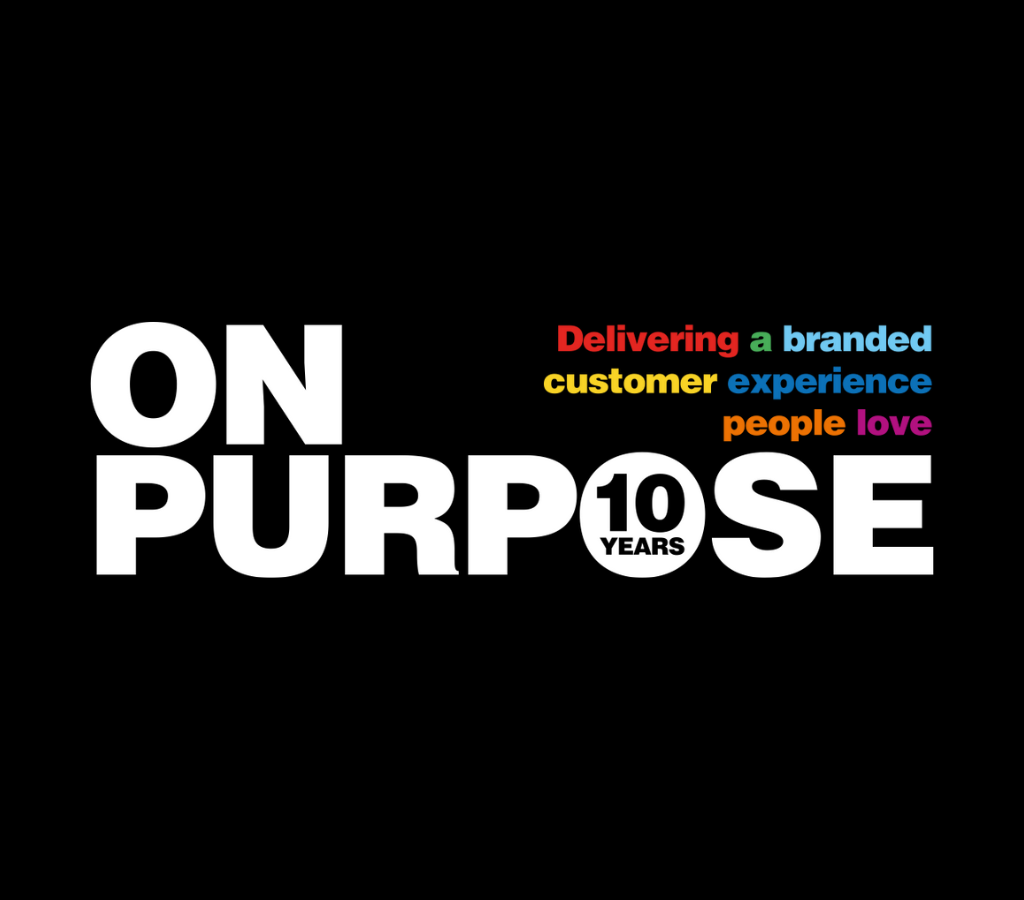A new brand of leadership
“Why should anyone be led by you?” was the chilling headline of a McKinsey award-winning Harvard Business Review article (subsequently becoming a book) in 2000. Fast forward two decades and perhaps that headline should now be, “Why should anyone keep being led by you?”
Recent reports show that 57 percent of employees leave a job because of those leading them, and with increasingly competitive markets, labour shortages, spiralling wage costs and the backdrop of a global cost of living crisis, the stakes are too high for companies to employ leaders whose behaviour drives away the workforce, either intentionally to save costs, as in the case of British Airways, or unintentionally, through poor morale, as with the NHS. The effect is the same; inefficiency, bad press and lost customers. Our work with market leaders clearly shows that loyalty from customers and employees is inspired from the top. Both customer and employee experience are ultimately leadership’s responsibility.
True leaders win loyalty and deliver a differentiated customer experience
The commitment of leaders to the brand experience is vital, and only a disciplined leader can win long term employee and customer loyalty. They must embody the messages they transmit to the workforce, truly understand what customers value and ensure it is delivered. It requires the courage of conviction to build a differentiated rather than generic customer experience. Critical, also, is an ability to engage the people within their organisation, unleashing employee power to build and execute an experience that is untouchable by competitors.
The challenge for many companies is to dramatically change their organisations into customer-focused enterprises. That often means creating an entirely different culture to the legacy that lingers on. Stand out leadership ensures a solid, future-proofed infrastructure is in place to keep the business relevant and competitive, with a continuous and accurate supply of customer data owned, managed, and communicated by leaders.

The CEO is not the hero
The leadership required today for aligning and delivering a differentiated brand experience for customers and employees alike, is developed throughout the whole organization. It is not, what MIT’s Peter Senge one described as, the ‘hero-CEO’. “The hero-CEO pumps new life into the organization’s suffering fortunes, typically by cutting costs (and usually people) and boosting productivity and profit. But the improvements invariably do not last. Dramatic changes imposed from the top, increasing fear and diminishing leadership within the organization, lead eventually to new crises and calls for more heroic leadership.”
Unleash your real heroes
Len Schlesinger, former professor at Harvard Business School, noted: “Strategy only exists in the behaviour of the company’s leaders.” But the strategy must exist in the behaviour of everyone before it becomes an unbeatable advantage. All employees need to get it. They need to understand their role as ambassadors for the brand. Unleashing the power of the company’s employees is the most essential component in determining whether customers return or go to the competition. Central to unleashing this employee power is the leader who not only points the way to the destination but inspires their people to get there.
Winning leaders know that the brand promise is made or broken based on all the interactions customers have with a company. Leaders must therefore engage all employees as ambassadors for the brand – everyone must understand how their work impacts the customer experience – and at the same time never relinquish responsibility as the ultimate guardians of the brand. These leaders articulate the company’s brand strategy and consistently demonstrate commitment to the branded customer experience by investing the time and resources required to make good things happen.

Focus on what matters most
Leadership means focussing on what can be affected as progress is made, before the financial results are in. Instead of focussing on financial results alone, leaders need to focus on things they can control upstream. We call these factors leading indicators. If lagging indicators are the financial results (that is, they lag behind action that has already occurred), then leading indicators are the actions that people in the organisation take every day to create a customer experience that in turn drives customer loyalty and the consequent financial results.
We have just completed a survey of employees across the UK in to what matters most to them at work. It will be published in September but one of the early findings is clear – the need for good leadership. Good leadership is the number one key to successfully changing an organisation into one that delivers for customers and employees alike; its absence is the number one reason why companies will fail. Sadly for many organisations – including political parties – who suffer because of the activity or inactivity of a compromised leader, even firing them doesn’t fully wash their legacy away. If the leader isn’t loyal to the brand’s principles, do not expect the customer to be loyal to the brand’s products, or the employee to be loyal to the brand at all.
The above article was based on the book Managing the Customer Experience by Shaun Smith and Joe Wheeler.
Thank you for reading about the things we love. The Caffeine Partnership is unashamedly obsessed with all things brand, whether it’s strategy, positioning, rebrands or launches. Check us out at https://thisiscaffeine.com/




